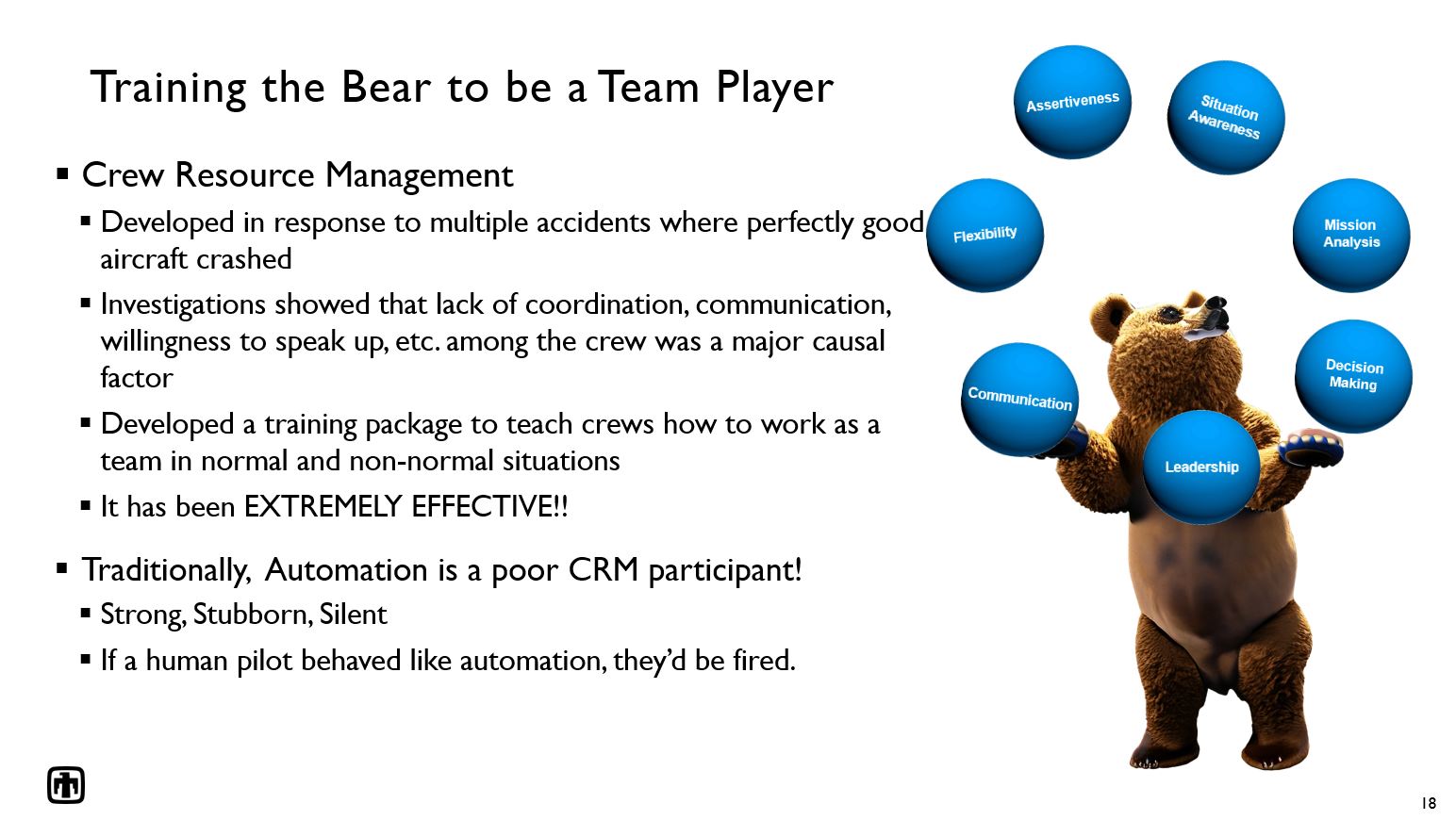How To Make the Most of Your Human: Design Considerations for Single Pilot Operations
Webcast Air Date: 3/17/2016
Discipline: Human Factors
There is no doubt that commercial aviation is one of the safest forms of long distance travel available today. The annual accident rate per million departures has, on average, continued to decrease over time and is now so close to zero that the results are perhaps driven more by chance than any trend in operational factors. Yet for those accidents that do occur, a majority of them are attributed to human error. Unfortunately, this has led to the belief that the flight crew is more of a liability than an asset when it comes to aviation safety. Indeed, many have used this statistic to call for fully automated aircraft; their logic being that if humans are the cause for a significant portion of the accidents, then removing the human from the flight deck will dramatically increase safety.
Closer inspection reveals several flaws in this logic. First, while there is significant correlation between the increase in automation and the increase in safety, there does not appear to be much proof of causality. In the nineties as automation became more the norm, but CRM training and practices also became the norm during this period along with improved manufacturing and maintenance operations. Secondly, while human failures may have been the primary causes in accidents, in most cases, there is no evidence that automation would have fared any better. Finally, humans are also involved in other aspects of aviation – design, manufacture, programming, operation, and maintenance. These humans will continue to make errors, but without the pilot, there will be no one to catch these errors during the flight.
The first part of this talk will describe how removing pilots will not eliminate human error and that the negative effects of human error might become more problematic and dangerous without pilots. The second part briefly describes how the primary role of the pilot on flight deck is not simply mission monitoring/management but is avoiding and compensating for the complex, unanticipated, and dangerous situations that arise. The third part argues that the current allocation of tasks and functions between the flight crew and automation can significantly hinder the pilot’s ability to perform their primary role. Finally, suggestions are provided for potentially better function allocation schemes, largely applicable to new flight deck designs, but that could also be implemented in current aircraft design.
